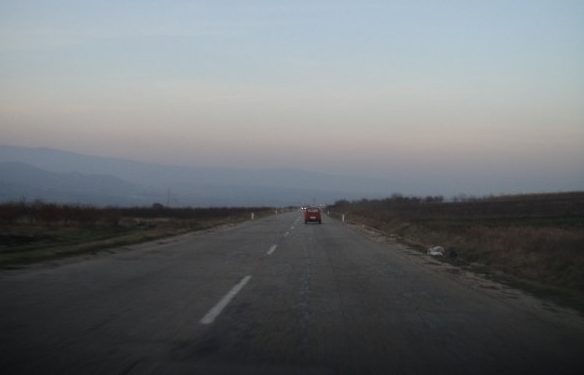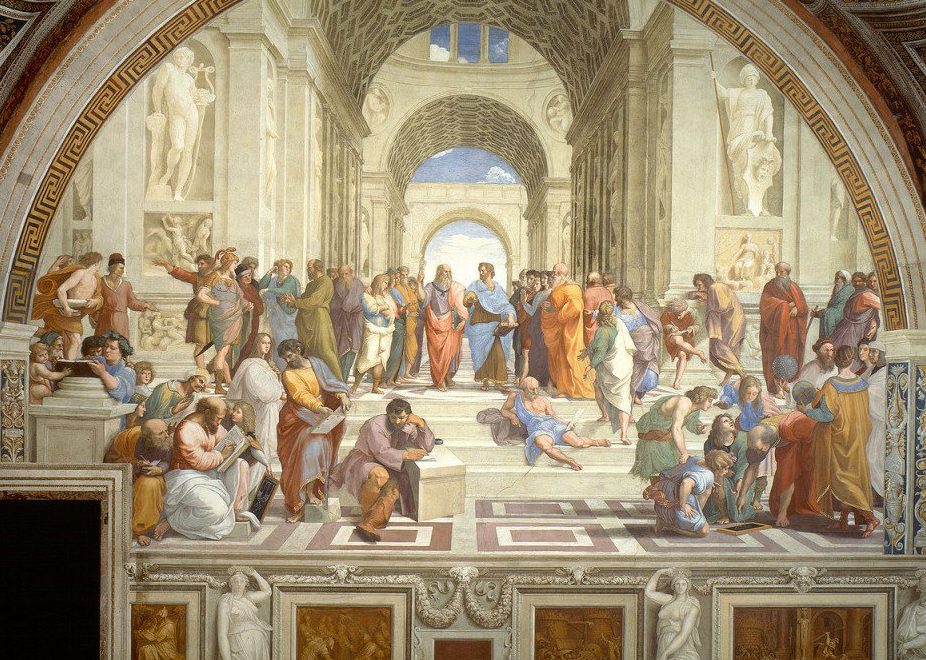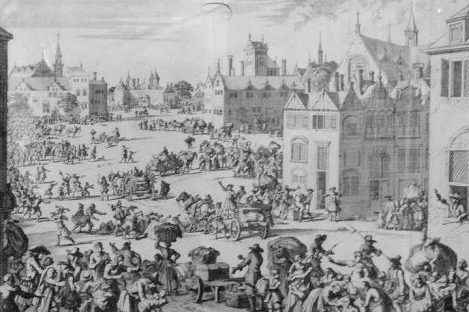Rostislav, Prince of Nice Moravia, had the identical kind of issues with the systematic and large makes an attempt at assimilation on the a part of the German clergy, as Boris had had with the Byzantine monks. In his determined wrestle towards the Germanization of the Slavs in his state, he requested in 862 from the Byzantine Emperor missionaries who would preach Christianity in a language understandable to the individuals and who would prepare Slav clergymen to exchange the German ones. The Emperor’s alternative naturally fell on the 2 brothers, who had already composed the Slav alphabet, which was primarily based on the vernacular of the Slavs within the environs of Salonika.
Cyril and Methodius revealed themselves not a lot as atypical Byzantine missionaries
In Nice Moravia, nevertheless, Cyril and Methodius revealed themselves not a lot as atypical Byzantine missionaries and brokers, as apostles of Slav tradition and schooling, with Slav blood operating of their veins. In lower than two years they succeeded in organising a Slav Church, impartial from the German bishops, and skilled scores of disciples. Their actions acquired the character of a grandiose ideological, well-liked and political wrestle which had wide-ranging worldwide repercussions. In Cyril’s personal phrases the concept of a script within the Dwelling Slav language had been so harmful and weird, that it was sufficient ‘to earn the title of a heretic for anybody who would solely give it a thought’. The 2 brothers dared not solely to offer it a thought, but additionally to hold it by way of, to start out a brave wrestle for the equality of the Slav language with all different languages, thought of as ‘civilized’ at the moment. What’s extra, in animated disputes with probably the most skilled polemicists of the Roman Catholic German church they succeeded in breaking the ‘trilingual veto’ of Mediaeval Europe, which prohibited any church service that was carried out in a language apart from the three ‘holy’ languages: Latin, Greek and Hebrew.
The creation of the Slav script was a defend barring all makes an attempt at international assimilation, as a result of it contributed to stepping up the self-awareness of the Slav peoples and their becoming a member of mankind’s common tradition. The reason for the 2 brothers from Salonika was of nice significance not solely to the Slav peoples, but additionally to human progress normally. It was imbued with concepts which haven’t misplaced their topicality to at the present time: humanism, democracy, equality of all peoples. Cyril and Methodius rank among the many brightest minds of their instances, for within the darkness of the early Center Ages they sowed the sparks which a number of centuries later kindled the fireplace of the Reformation.
On February 14, 869 Cyril died in Rome, whereas Methodius remained in Nice Moravia as bishop till his demise in 886. His demise was additionally the demise of virtually every little thing they’d created in that Slav nation: the German clergy launched an irresistible assault towards it and gained a decisive victory. They destroyed mercilessly all Slav church service books, and subjected to ruthless persecution the quite a few disciples of Methodius. The reason for the Slav enlighteners, nevertheless, didn’t perish. It was resurrected and bore wealthy fruit in one other Slav nation – Bulgaria.


